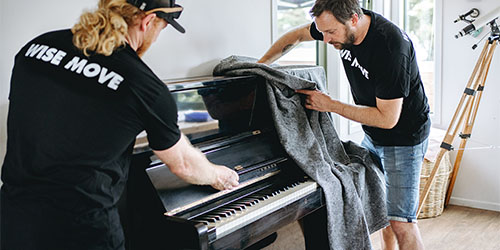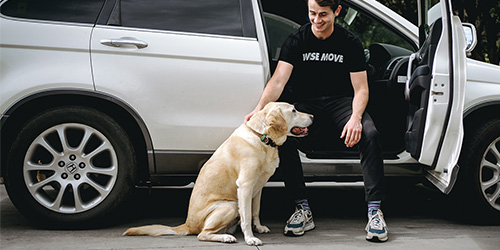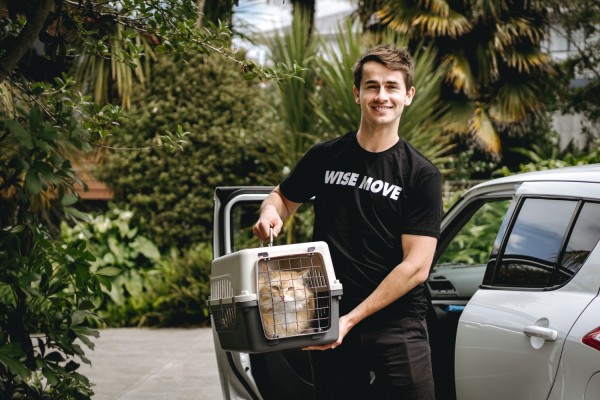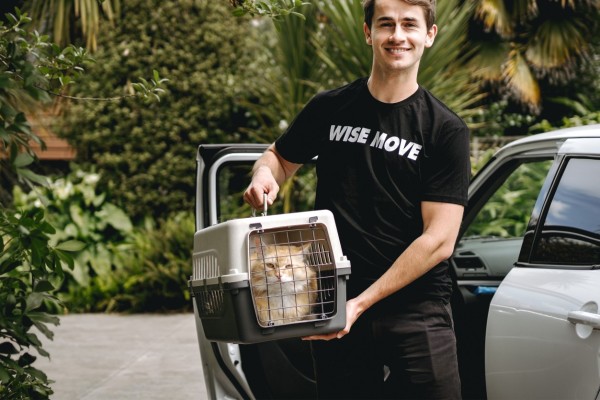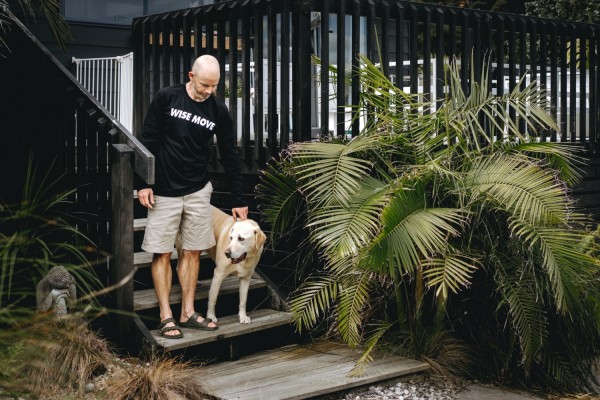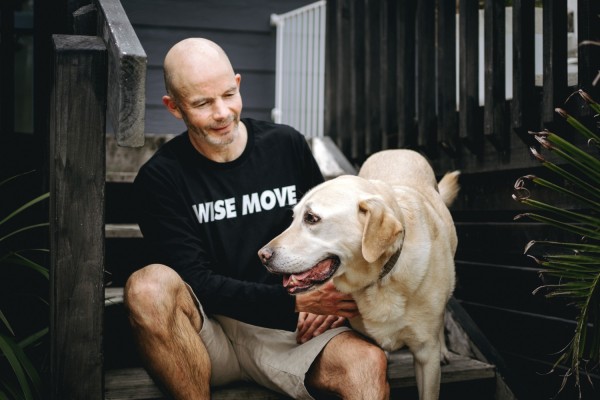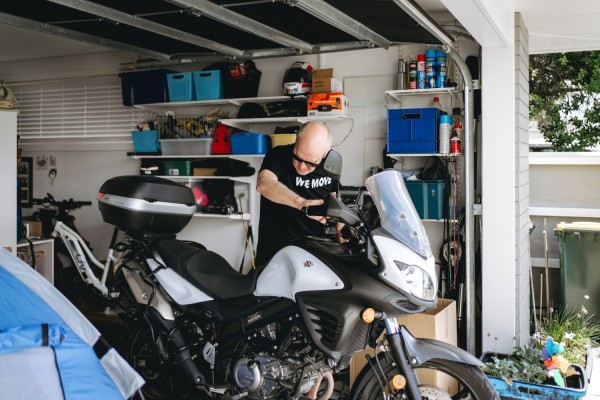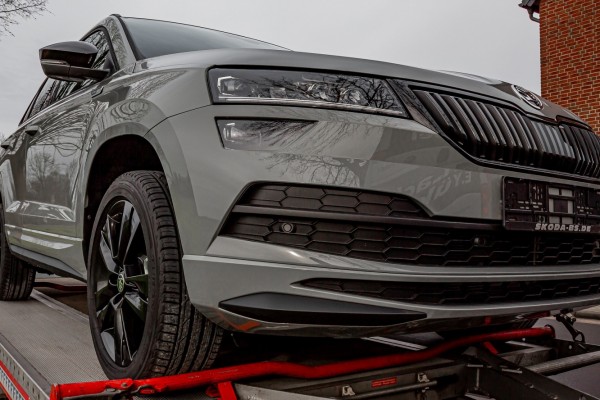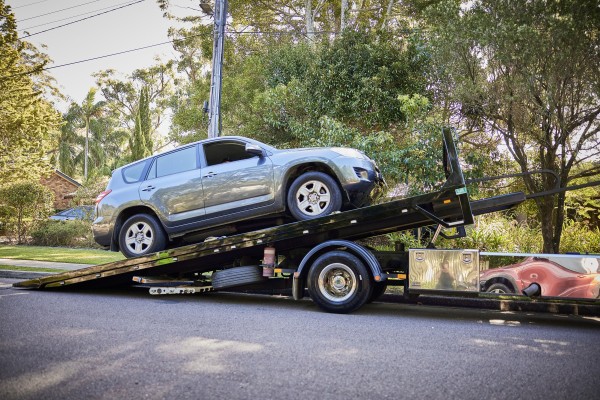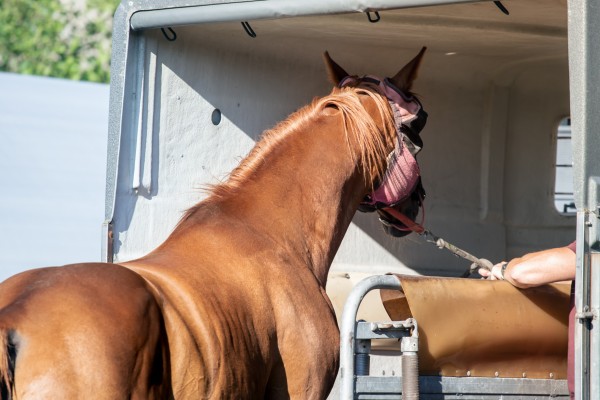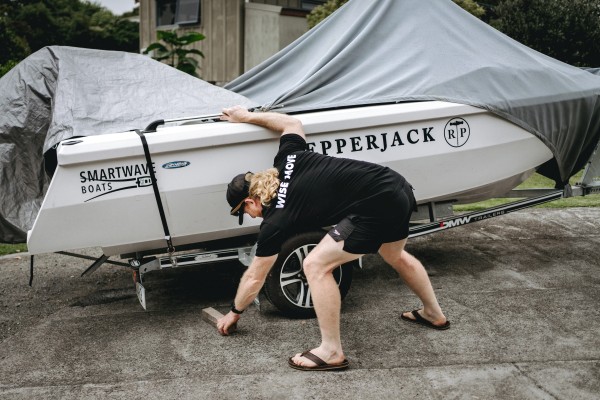How to Prepare Your Pet for Transport

Are you considering transporting your pet? Pet transport can be a stressful time for both pets and pet owners. However, there are a few simple steps you can take to make the process easier. In this article, we'll provide some tips to help you prepare your pet for transport. We'll discuss how to ensure your pet is healthy, the importance of travel crates, and how to hire a pet transporter.
Make Sure Your Pet is Healthy For Transport

Before transporting your pet, it's essential to ensure your pet is healthy for travel. Start by scheduling an appointment with your local veterinarian. Your veterinarian can perform a wellness exam to evaluate your pet's health. They can also determine if your pet has any underlying health conditions that could put them at greater risk during transport.
Another critical health consideration is your pet's vaccination status.
Many pet transporters require pets to be vaccinated and proof that your pet is up to date on all medical care. You should also check with your pet's destination to see if additional vaccines or health documents are required.
Necessary vaccines can be administered during your pet's wellness appointment. Keep in mind that some vaccines require multiple doses spread out over several weeks, so planning ahead is critical. Once your pet is fully vaccinated, make sure you obtain a copy of your pet's vaccine record to provide your pet transporter. You may also want to get a letter from your veterinarian confirming that your pet is healthy for travel.
Pick an Appropriate Travel Crate
Travel crates are essential for keeping your pet safe during the transport process. Pet crates come in a variety of styles and sizes, and it's important to pick a crate that meets your pet's specific needs. Hard-sided crates provide the most protection for your pet and are usually the preferred choice of pet transporters. All pet carriers should have a secure locking system or door latch to prevent your pet from escaping. The carrier should also be well-ventilated to allow adequate airflow during transport.
When picking a travel crate, you should always make sure the crate is an appropriate size for your pet. Your pet should have enough room to sit, stand, lay down, and turn around comfortably. If your pet requires a litter box, there should still be plenty of room for all of these activities outside of the litter box area.
Before purchasing a crate, you may want to consider contacting a few local pet transporters to see if they have any specific crate requirements. Additionally, some transport companies will provide a crate for your pet’s trip.
Get Your Pet Comfortable With Their Crate
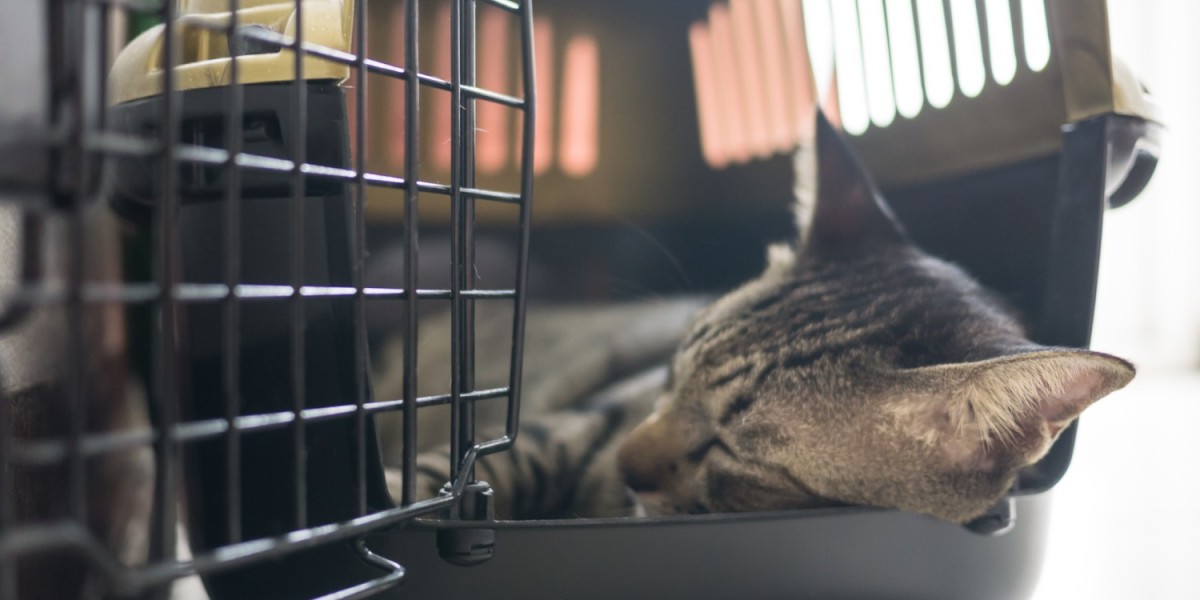 Getting into a travel crate is a foreign experience for many pets. Travel carriers frequently cause pets significant stress and anxiety. Not only is this bad for your pet's health, but it can also make the transport process more difficult. The best way to avoid this additional stress is to get your pet comfortable with their carrier before the day of their transport. You can start by setting up the carrier in an area of your house where your pet can explore the crate on their own terms.
Getting into a travel crate is a foreign experience for many pets. Travel carriers frequently cause pets significant stress and anxiety. Not only is this bad for your pet's health, but it can also make the transport process more difficult. The best way to avoid this additional stress is to get your pet comfortable with their carrier before the day of their transport. You can start by setting up the carrier in an area of your house where your pet can explore the crate on their own terms.
Many pet owners find it helpful to use treats and toys to encourage their pets to explore the crate. These positive reinforcement tools are essential for keeping your pet relaxed and rewarding their behaviour.
You should always avoid forcing your pet into the crate if they are unwilling. Forcing your pet into the crate can cause extreme anxiety and make the crate training process more difficult.
Once your pet is comfortable going in and out of the crate, you can start closing the carrier door and letting them spend some quality time in their new enclosure. In the beginning, keep these closed-door sessions short. As your pet gets used to spending time in their crate, you can gradually increase the length of your training sessions.
Hire a Pet Transporter
The final step in preparing your pet for their journey is to hire a pet transporter. Many pet owners consider this the most challenging and time-consuming step in the transport process. There are a wide variety of transporters to consider, including professional transport companies and independent pet carriers.
When considering your different options, your pet's safety should always be a top priority. It is essential to make sure your pet is in good hands, and that the transporter has a reputation for exceptional animal care.
A great way to learn about a transporter's reputation is to read the reviews of other pet owners who have used the transporter's services. You may also want to get information about the transporter's insurance policy and what kind of health documents they require.
While doing this research is critical, it can also be a time-consuming process.
Luckily, Wise Move has created a digital marketplace to help make the experience as quick and stress-free as possible. Wise Move provides a platform that matches New Zealand pet owners with vetted and user-reviewed pet transporters. You can create a travel request with information about your pet and travel dates.
Wise Move will use the information from your travel request to connect you with transporters that meet your specific needs. You can then review a list of available transporters, read about other pet owners' experiences, and compare the prices of the various service providers. Not only will this save you hours of research time, but you can also rest assured that you are hiring a vetted and trusted professional.
Summary
If you are considering transporting your pet, it's essential that you take the time to prepare your pet for the journey. This includes making sure your pet is healthy for transport, purchasing an appropriate crate, and getting your pet comfortable in their new space. Some of these steps can take time, so planning ahead is essential. When you are ready to hire a transporter, tools like Wise Move can help you find transporters that meet your travel needs and are able to provide your pet with the quality care they deserve.
We hope this information will serve as a helpful guide as you prepare your pet for their next big adventure!
What do our customers say?




For every (wise)move



